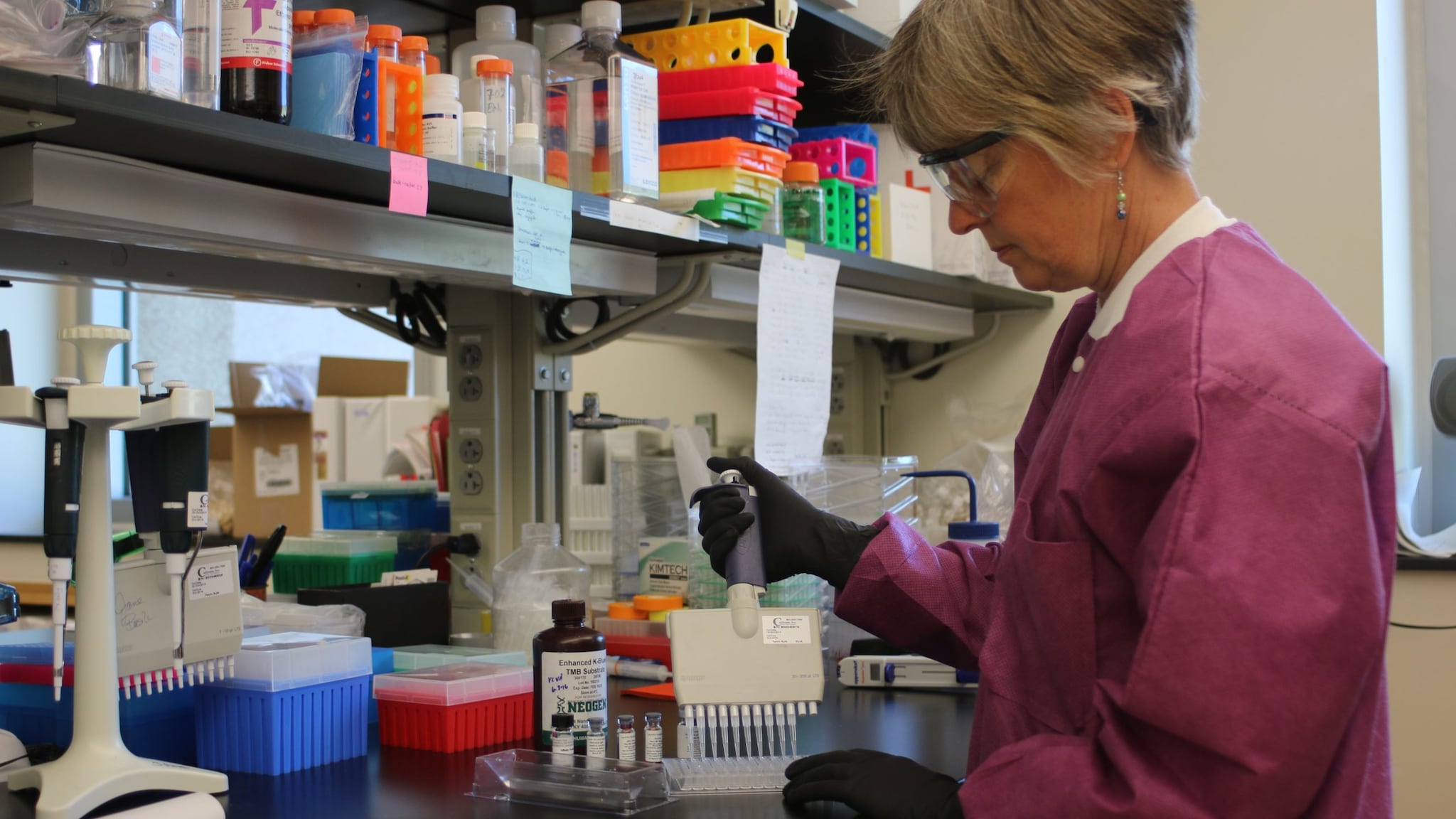Key points
- Japanese encephalitis (JE) is a mosquito-borne illness endemic to Asia and parts of the Western Pacific Region.
- Case fatality of JE is 20–30% and up to half of survivors have significant neurologic sequelae.
- Serologic testing is the primary method for diagnosing JE.
- Contact your state or local health department to request testing if you have a patient with suspected JE.

Clinical considerations
JE should be considered in a patient with evidence of a neurologic infection (e.g., meningitis, encephalitis, or acute flaccid paralysis) who has recently traveled to or resided in an area at risk for JE in Asia or the Western Pacific.
Most human infections with JE virus are asymptomatic; <1% of people infected develop clinical disease. Acute encephalitis is the most commonly recognized clinical manifestation. Milder forms of disease, such as aseptic meningitis or undifferentiated febrile illness, can also occur.
Signs and symptoms
Illness usually begins with sudden onset of fever, headache, and vomiting. Mental status changes, focal neurologic deficits, generalized weakness, and movement disorders may develop over the next few days.
The classical description of JE includes a Parkinsonian syndrome with masklike facies, tremor, cogwheel rigidity, and choreoathetoid movements. Acute flaccid paralysis, with clinical and pathological features similar to those of poliomyelitis, has also been associated with JE. Seizures are common, especially among children.
Clinical laboratory findings might include a moderate leukocytosis, mild anemia, and hyponatremia. Cerebrospinal fluid (CSF) typically has a mild to moderate pleocytosis with a lymphocytic predominance, slightly elevated protein, and normal ratio of CSF to plasma glucose.
Magnetic resonance imaging (MRI) of the brain is better than computed tomography (CT) for detecting JE virus-associated abnormalities such as changes in the thalamus, basal ganglia, midbrain, pons, and medulla. Thalamic lesions are the most commonly described abnormality; although these can be highly specific for JE in the appropriate clinical context, they are not a very sensitive marker of JE. Electroencephalogram (EEG) abnormalities might include theta and delta coma, burst suppression, epileptiform activity, and occasionally alpha coma.
The case-fatality ratio is approximately 20%–30%. Among survivors, 30%–50% have significant neurologic, cognitive, or psychiatric sequelae.
Diagnostic testing
Laboratory diagnosis of JE is generally accomplished by testing of serum or cerebrospinal fluid (CSF) to detect virus-specific immunoglobulin (Ig) M antibodies. JE virus IgM antibodies are usually detectable 3 to 8 days after onset of illness and persist for 30 to 90 days, but longer persistence has been documented. Therefore, positive IgM antibodies occasionally might reflect a past infection or vaccination. Serum collected within 10 days of illness onset may not have detectable IgM, and the test should be repeated on a convalescent sample.
Because humans have low or undetectable levels of viremia by the time distinctive clinical symptoms are recognized, virus isolation and nucleic acid amplification tests are insensitive and should not be used for ruling out a diagnosis of JE.
For patients with JE virus IgM antibodies, confirmatory neutralizing antibody testing should be performed. In fatal cases, nucleic acid amplification, histopathology with immunohistochemistry, and virus culture of autopsy tissues can also be useful.
Diagnostic testing for JE virus IgM antibodies is commercially available. Confirmatory testing is only available at CDC and a few specialized reference laboratories.
To submit specimens for testing, please contact your state or local health department. They can assist you with determining if samples should be sent to the CDC Arbovirus Diagnostic Laboratory for further testing. Specimens should be submitted to CDC through state health departments. All results will be sent from CDC to the appropriate state health department.
- Hills SL, Stoltey J, Martínez D, Kim PY, Sheriff H, Zangeneh A, et al. A case series of three US adults with Japanese encephalitis, 2010-2012. J Travel Med. 2014;21(5):310-313. doi: 10.1111/jtm.12127
- Centers for Disease Control and Prevention. Japanese encephalitis in two children––United States, 2010. MMWR Morb Mortal Wkly Rep 2011;60(9):276-278.
- Hills SL, Griggs AC, Fischer M. Japanese encephalitis in travelers from non-endemic countries, 1973–2008. Am J Trop Med Hyg. 2010;82(5):930–926. doi: 10.4269/ajtmh.2010.09-0676
